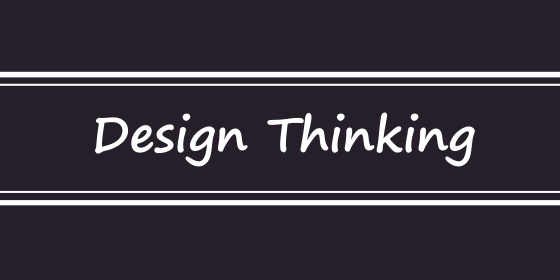Design Thinking

Design thinking is a problem-solving and innovation methodology that places the needs and experiences of users at the center of the design and development process. It involves a structured approach to understanding, ideating, prototyping, and testing solutions, with the aim of creating products, services, or experiences that address real user needs and deliver value. All something that will help your organization build Impactful Products.
The design thinking process typically consists of several key stages:
- Empathize: Understand the perspectives and needs of the users or customers for whom you are designing. This involves conducting research, interviews, and observations to gain insights into their experiences, challenges, and desires.
- Define: Based on the insights gained during the empathize stage, define the core problem or opportunity to be addressed. Develop a clear problem statement that guides the rest of the process.
- Ideate: Generate a wide range of creative ideas without judgment. Encourage brainstorming and collaboration among team members to explore different possibilities for solving the defined problem.
- Prototype: Create tangible representations of the ideas generated during the ideation phase. Prototypes can be sketches, physical models, mock-ups, or even interactive digital prototypes.
- Test: Gather feedback on the prototypes by testing them with users or stakeholders. This step helps to validate assumptions, identify flaws, and refine the solutions.
- Iterate: Based on the feedback received during testing, refine and improve the prototypes. This iterative process may involve repeating certain stages to achieve optimal solutions.
Benefits of Design Thinking:
- User-Centered: Design thinking prioritizes understanding and meeting the needs of users, leading to solutions that are more relevant and meaningful.
- Innovation: By encouraging creative thinking and exploring a wide range of ideas, design thinking can lead to innovative and novel solutions that stand out in the market.
- Collaboration: Design thinking fosters collaboration among interdisciplinary teams, bringing together different perspectives and expertise to create holistic solutions.
- Empathy: The emphasis on empathizing with users helps designers develop a deep understanding of their pain points and motivations, leading to more effective solutions.
- Flexibility: The iterative nature of design thinking allows for continuous refinement and adaptation as new information and insights emerge.
- Reduced Risk: By testing and refining prototypes early in the process, design thinking helps to minimize the risk of developing products or services that do not meet user needs or market demands.
- Problem Framing: Design thinking helps in framing problems in a more human-centric and actionable way, leading to better-defined and more relevant challenges to tackle.
- Customer Loyalty: Solutions created through design thinking are often more user-friendly and customer-centric, which can lead to increased customer satisfaction and loyalty.
- Adaptation to Change: The iterative nature of design thinking prepares teams to adapt to changes and pivot quickly as new information arises.
- Applicability: Design thinking can be applied across various industries and sectors, from product design to business strategy to social innovation.
Overall, design thinking is a powerful methodology for fostering creativity, innovation, and user-centered design, ultimately leading to the creation of products and solutions that truly resonate with users and meet their needs.